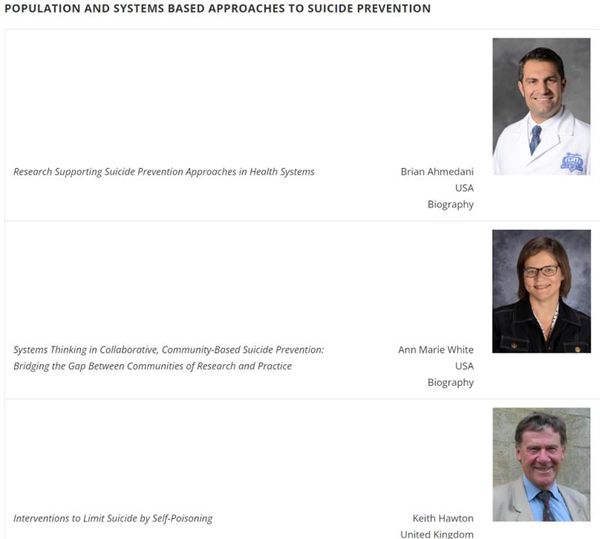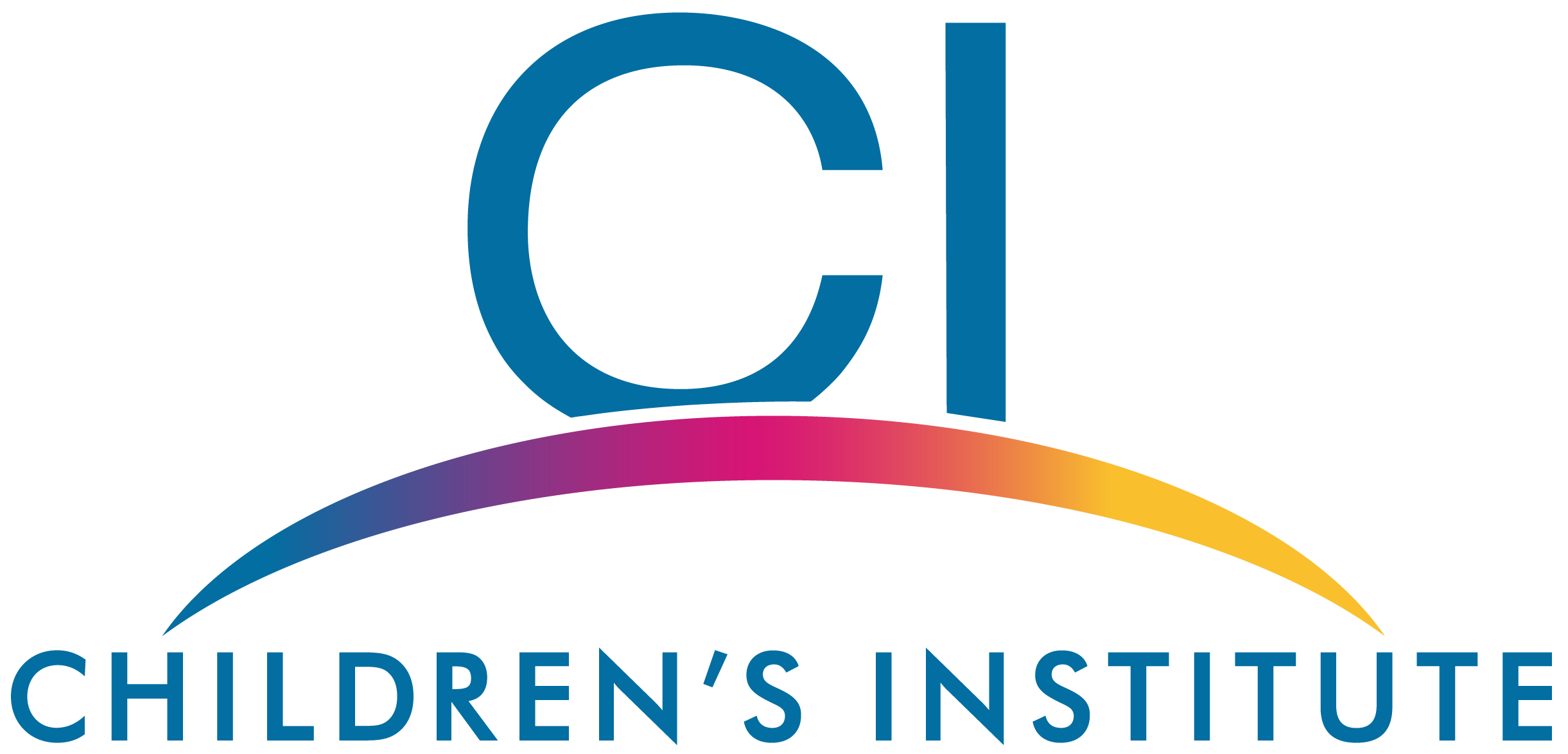Ann Marie White, Ed.D., presents at IASR/AFSP International Summit
Executive Director Ann Marie White, Ed.D., presented on October 25, 2021, at the International Academy of Suicide Research (IASR)/American Foundation for Suicide Prevention (AFSP) International Summit (October 24-27), a virtual conference on Suicide Research. She was part of a session entitled "Population and Systems-Based Approaches to Suicide Prevention."
Her topic was "System Thinking in Collaborative Community-Based Suicide Prevention: Bridging the Gap between Communities of Practice and Research:"
Despite increasing investments in health care and public health systems, community rates and burdens of suicide death in the U.S. increased overall across this millennium pre-pandemic, while rates in other countries declined. When premature deaths from suicide occur one by one, this brings about event-oriented interventions to reach individuals in or near crisis in communities. What can be relevant to the enactment of comprehensive suicide prevention, such as focused populations and component interventions, can remain narrowly scoped in local communities – for instance, within a single system or sector hierarchically managed and producing small, fleeting, or hard to replicate effects.
Helping communities adopt systemic approaches to address multiple causes of burden changes within U.S. local communities is a timely need as effective interventions target underlying causes, self-injurious behavior can be a lagging indicator of risk, and existing intervention approaches remain largely singular focused on individuals identified at risk and produce limited effects. Learning how to respond to underlying causes in trends observed at a community level can help reduce suicide burdens in a lasting way. Community stakeholders can develop system-level prevention capacities to respond to the dynamic nature of suicide rate changes as both a “wicked” and a “complex” problem.
Causes of suicide rates are complex, driven by intersecting socio-ecological, contextual, interpersonal, and individual features such as those linked to substance use. Reducing suicide burdens requires local collective knowledge of how a mosaic of evidence-based prevention and interventions, risk, and protective conditions - supported by interactions across many community systems - interplay in “bending the curve” over time. System-thinking can help coordinate learning across different agents taking action by showing underlying causes driving burden changes and forecasting possible trends over time. Causal loop diagrams visualize multiple stakeholder hypotheses of how local changes in suicide are produced over time.
Feedback effects can be described due to the interplay of:
- social contagion,
- social isolation and loss of community,
- loss of trust in crisis services and when seeking mental health treatment,
- support seeking norms, as well as
- short-term numbing effects of trauma or sustained effects due to gun violence trauma or long-term social distress.
We can demonstrate how system dynamic methods can help generate actionable knowledge supportive of stakeholder collaboration across public health, prevention leaders, and community sectors in the design of broadly effective prevention systems that span agency boundaries and multiple sectors.

